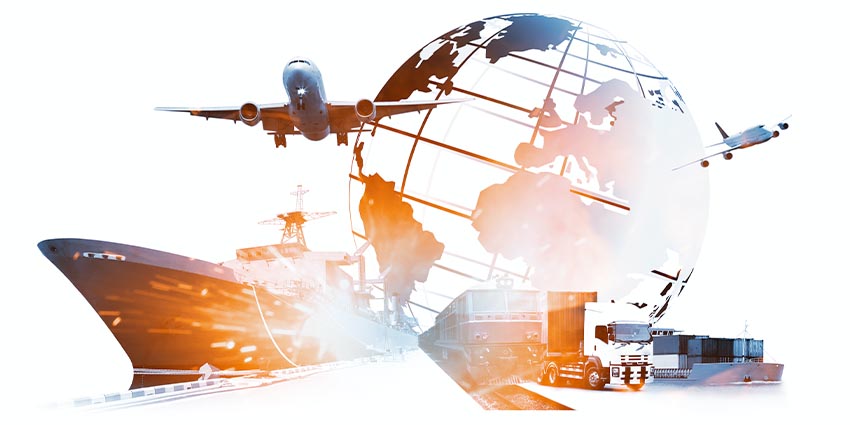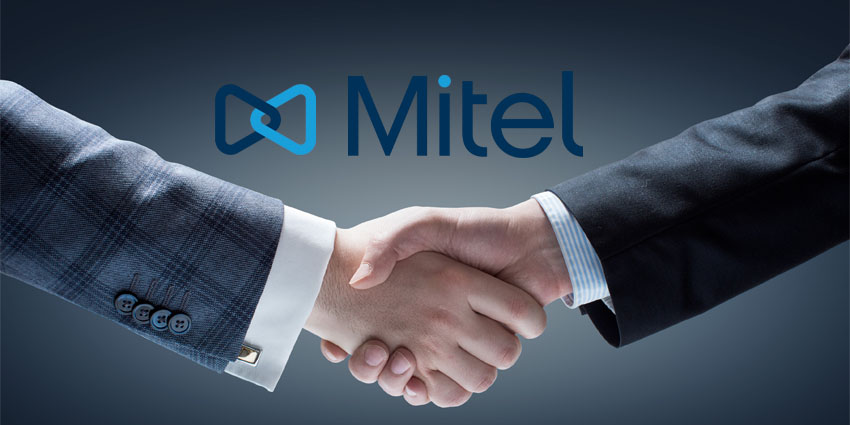The way we interact, work, and travel is changing on a phenomenal scale. As consumer expectations evolve, and technology transforms, countless companies are turning to UC in search of new opportunities for agility. Unified Communications promises a way to keep staff connected, information flowing, and insights growing in on the road to better transportation.
For business leaders and technology buyers, case studies can offer a valuable look at the possibilities of investing in new solutions like UC and UCaaS. These studies also make it easier to highlight the benefits of digital transformation to shareholders and teams.
To help inspire, educate, and encourage your UC journey, we’ve put together a list of some of the top case studies worth reading in 2022.
Microsoft and CH Robinson Logistics
One of the largest logistics platforms in the world, C.H. Robinsons is responsible with over $21 billion in freight, as well as 19 million shipments each year. The company helps keep crucial transportation elements moving in the modern world, but also solves complex logistics problems.
During 2020 and 2021, the brand was forced to implement a remote working strategy to respond to the threats of the pandemic. To enable this, business leaders chose to invest in Microsoft 365, to help ensure its employees could continue to communicate, collaborate, and keep the business running as smoothly as possible.
Through video conferencing, chat, and synchronized tools on Microsoft Teams, CH Robinsons was able to do more than just survive the pandemic. The company evolved, introducing a brand-new consumer produce brand, supported by virtual collaboration spaces where teams could interact and work together as easily as ever. Read the full study here.
Logitech and GO-JEK
Leading Unicorn transportation company in Indonesia, GO-JEK, invested in Logitech recently, as a strategy for improving communication with local and international teams. Established in 2010, the motorcycle-based ride-hailing phone service has evolved into a huge on-demand mobile platform, with a range of services, including mobile payments, logistics, and food delivery.
GO-JEK needed a fast and efficient solution for collaboration and communication during a period of growth in India, Singapore, Indonesia, and Vietnam. Previously, staff used built-in cameras on their notebooks for video conferencing, with limited angles and poor audio/video quality.
Thanks to Logitech, the GO-JECK team upgraded to the Logitech GROUP conference cam with Zoom video conferencing. The result was a more efficient, easy, and immersive collaboration experience for team members on the move. Discover the details of the case study here.
Zoom and Uber
Zoom has been a valuable tool for Uber for more than three years, and video conferencing leaders have had no trouble supporting the modern mobile workforce. According to Uber, they love the fact that anyone on the move can use Zoom with any device. Uber also regularly uses the Zoom software-based conferencing room solution, Zoom Rooms.
With Zoom, Uber can keep an ever-growing global workforce evolving and transforming at an incredible scale. The community can continue to collaborate more effectively while taking advantage of the benefits of video. Read the case study here.
Slack and MBTA
Slack is one of the world’s best-known tools for chat-based communication and collaboration. Combined with Salesforce and other tools, Slack can become a comprehensive part of a full UC experience. The solution is one of the primary tools used by the Massachusetts Bay Transportation Authority, better known as MBTA.
According to the MBTA, as the technological transformation of the transportation industry has continued, the team has become heavily dependent on Slack channels for collaboration and communication. Carefully organised channels allow team members to share ideas about how to improve rider experience and gather data to create richer rider experiences.
When it comes to time-sensitive transit issues, the MBTA team also uses Slack for transit issues, like crowding and delayed trains, technical issues, and app outages. The team even used Slack to pivot to remote work during the pandemic. Explore the case study here.
Vonage and Aramex
Stepping into the CPaaS environment, Vonage and Aramex have worked together to create new collaboration and communication opportunities for better transportation customer service. Aramex is a global leader in transportation and logistics.
Aramex wanted to improve its last-mile delivery processes in the age of digital transformation. To do this, the company chose Nexmo, the Vonage API platform, to access messaging via WhatsApp into its applications. The company was therefore able to create a communication system for both internal employees and customers that could improve the experience.
The integration of Vonage technology into the Aramex environment ensures the company can enhance the final, and often a most important step of its delivery process. Leveraging the WhatsApp “live location” feature also meant the company could access more information about the delivery, as well as offer improved services to customers. Read the full case study here.
(Meta) Workplace from Facebook and Hyperloop TT
Hyperloop, a growth-focused company best-known for its cutting-edge innovation in transportation, recently decided to upgrade its strategic guidelines and boost workplace collaboration. The new, agile approach to business made the focus on collaboration and communication critical across the globe. Without collaboration, the brand wouldn’t achieve its ambitious goal of creating a new floating pod transportation system.
According to the Hyperloop TT leaders, one of the biggest challenges for the company was to ensure that more than 800 team members could collaborate efficiently on the design and launch of new technology. While the brand experimented with various collaboration tools like Slack and Google Docs, Workplace was the system that gained the most team approval.
According to the team, features like a social media-like interface and convenient UI made the adoption of Workplace simple.. Read the full study here.







